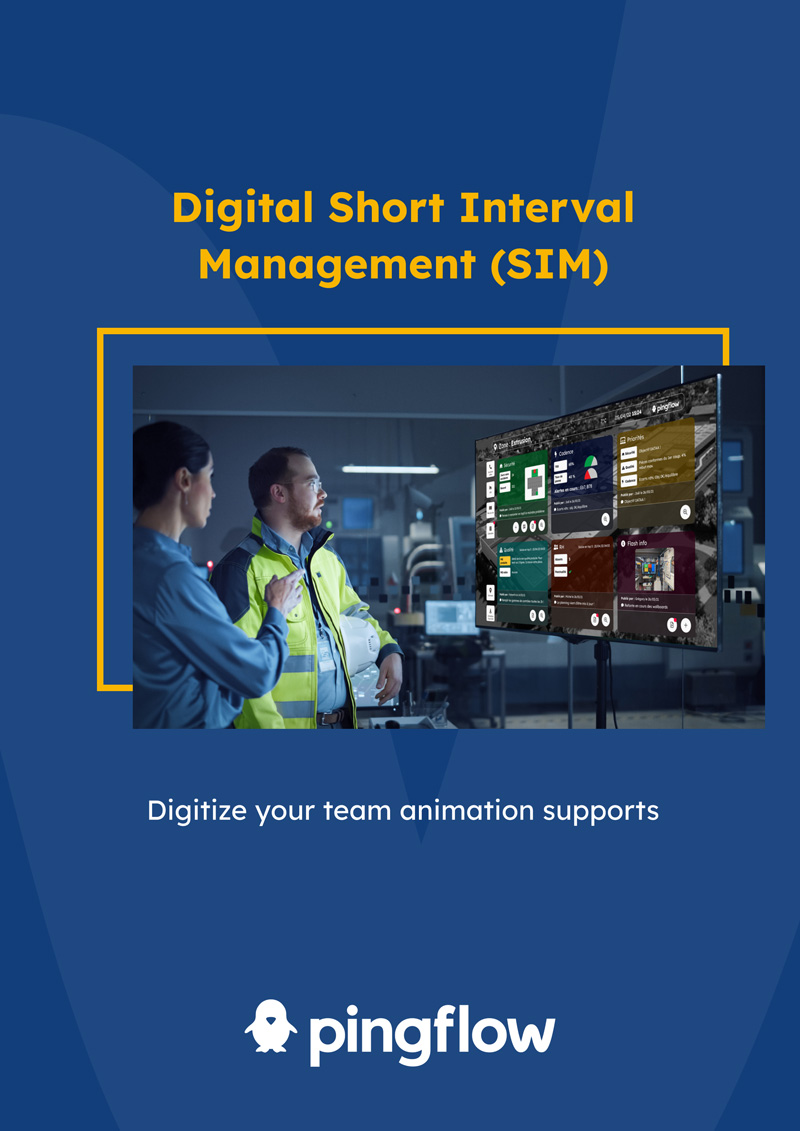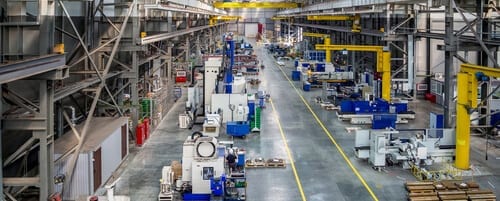Visual management is not a new tool. Used for many years in manufacturing, and now in office environments, most visual management is still done on paper boards and whiteboards. These visual aids are being digitised more and more in an era of digital transformation. But what are the challenges and potential gains? We discuss a number of possible answers.
The key challenges of visual management: Transparency

Digital visual management tools play an important role in achieving this objective. They allow the same information to be communicated to all team members simply and efficiently. By making them digital, you can update your indicators in real time, information is therefore transparent for everyone, which encourages empowerment, team working and favours collective intelligence. They are also excellent vehicles to organise challenges and incentives to motivate teams. And all the while they are visually attractive, rather like a game in real time favouring their adoption and motivating teams.
Challenges in production: Improving performance and towards operational excellence
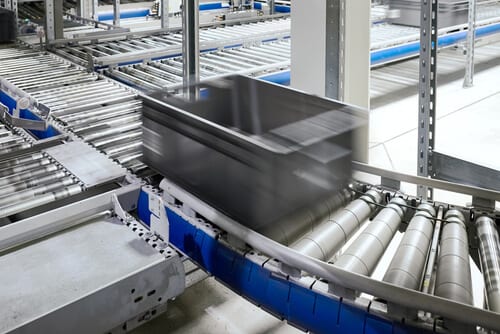
When developed as part of lean management, visual management can be applied effectively without a lean organisation. However many display systems are still paper-based. Difficult, therefore, to have a real-time overview of operations, to collect data from machines or from the information system or to save time and improve productivity. Digitising these panels therefore makes it possible to distribute the right information to operators at the right time, but also to connect the Andon systems already in place to improve team responsiveness. Visual management screens are also a positive argument in recruitment: by going digital, you will attract more talent due to a more modern image. Digital, therefore, becomes a marketing argument to differentiate yourself from the competition, both for candidates and for customers.
Challenge for monitoring: For automatic & real time management
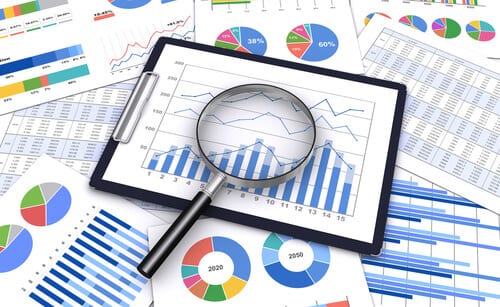
Visual management provides visibility of operational management, and saves time in the preparation of reports. Judiciously selected KPI are updated in real time. No need to wait for the end of the day to see what has happened: objective attained or not, difficulties encountered … and with a digital solution it is possible to connect with other information system applications: Managers no longer need to update data manually, everything is automatic. Incidents are escalated automatically to all levels of the company (from operators to the factory manager).
Challenge of company brand: towards a more modern organization
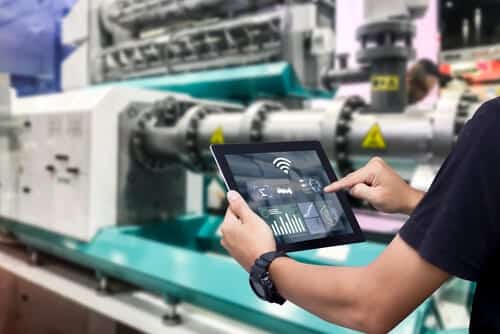
The digitisation of visual management screens is a step towards a more modern company image, both internally and externally. This allows you to recruit new talents, as mentioned above, to show your employees that your company is modernising and evolving over time and that it takes their well-being into consideration. This also reassures your customers, some also make sure that you have modern solutions before partnering. And this can project a positive image of your business when outsiders visit your premises: It demonstrates that the organisation controls its throughput and production, effectively manages its operations. It is a token of trust for your customers.
As you can see, digitising your visual management panels responds to several challenges, essential to remaining competitive. Would you like to know more? Our experts are at your service.

